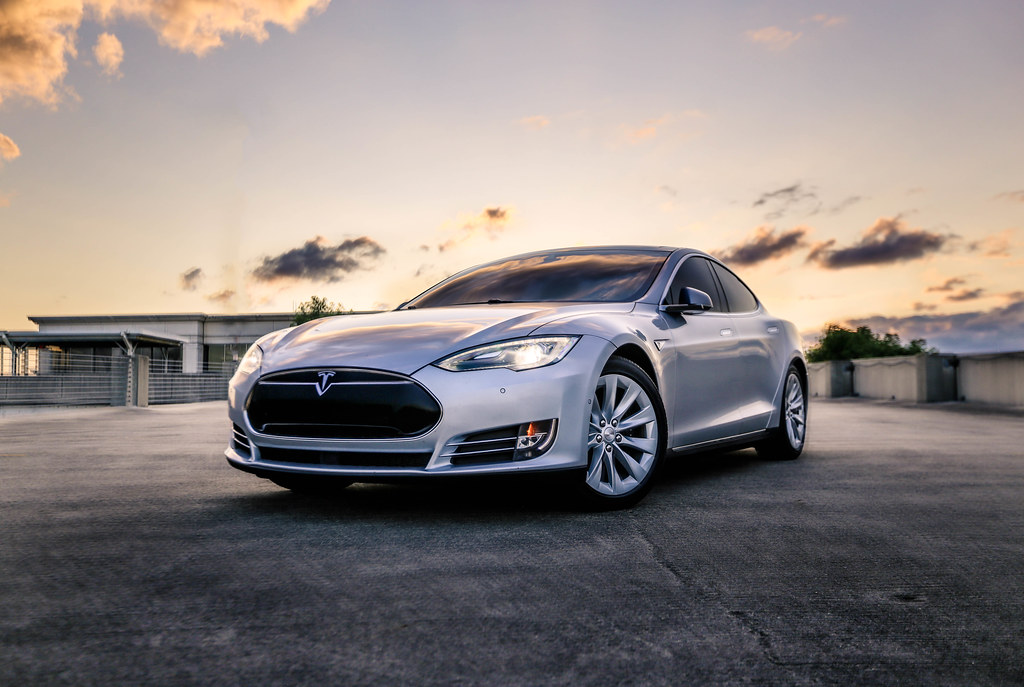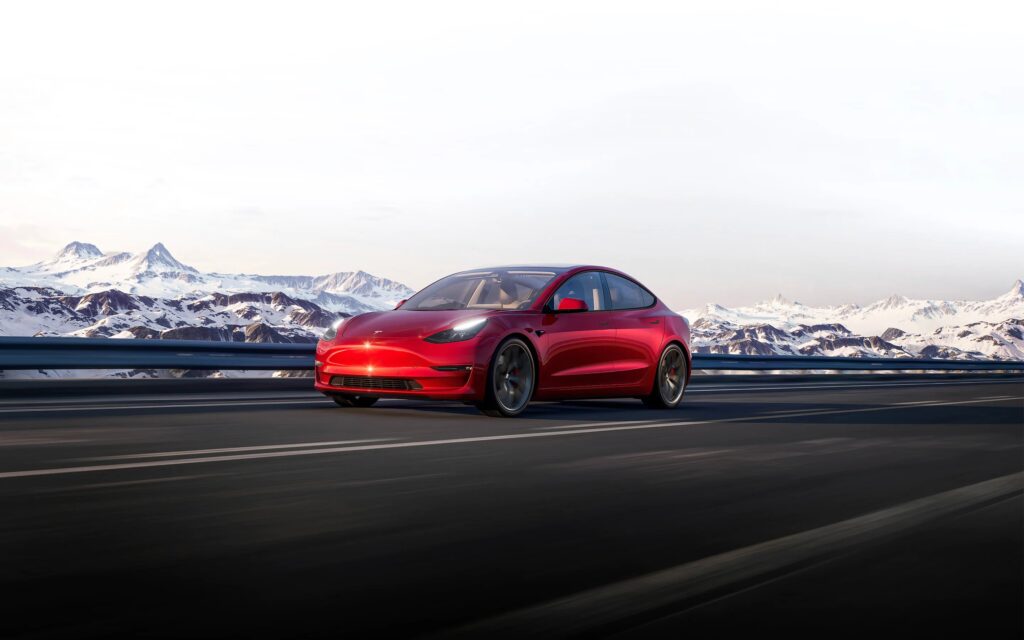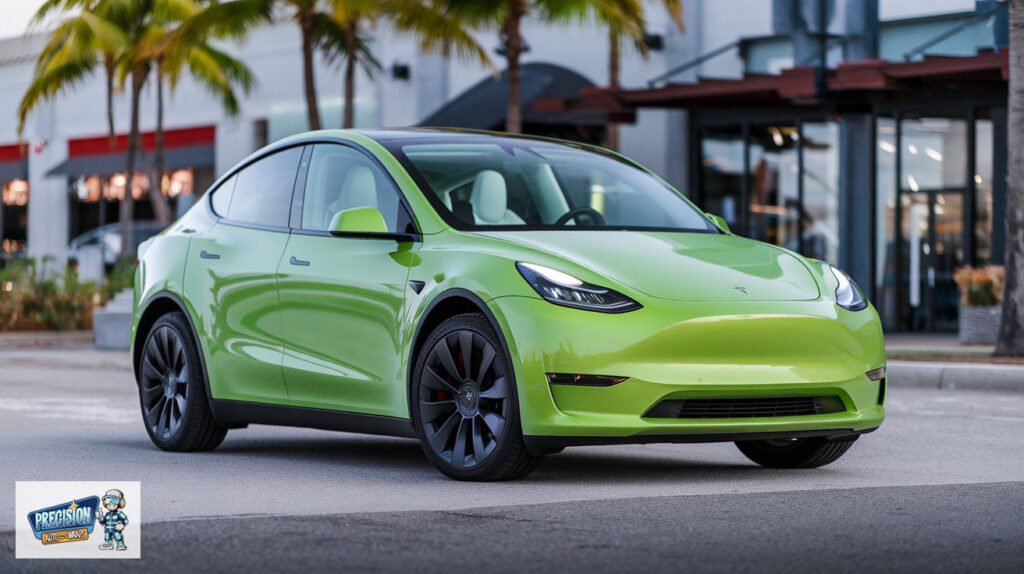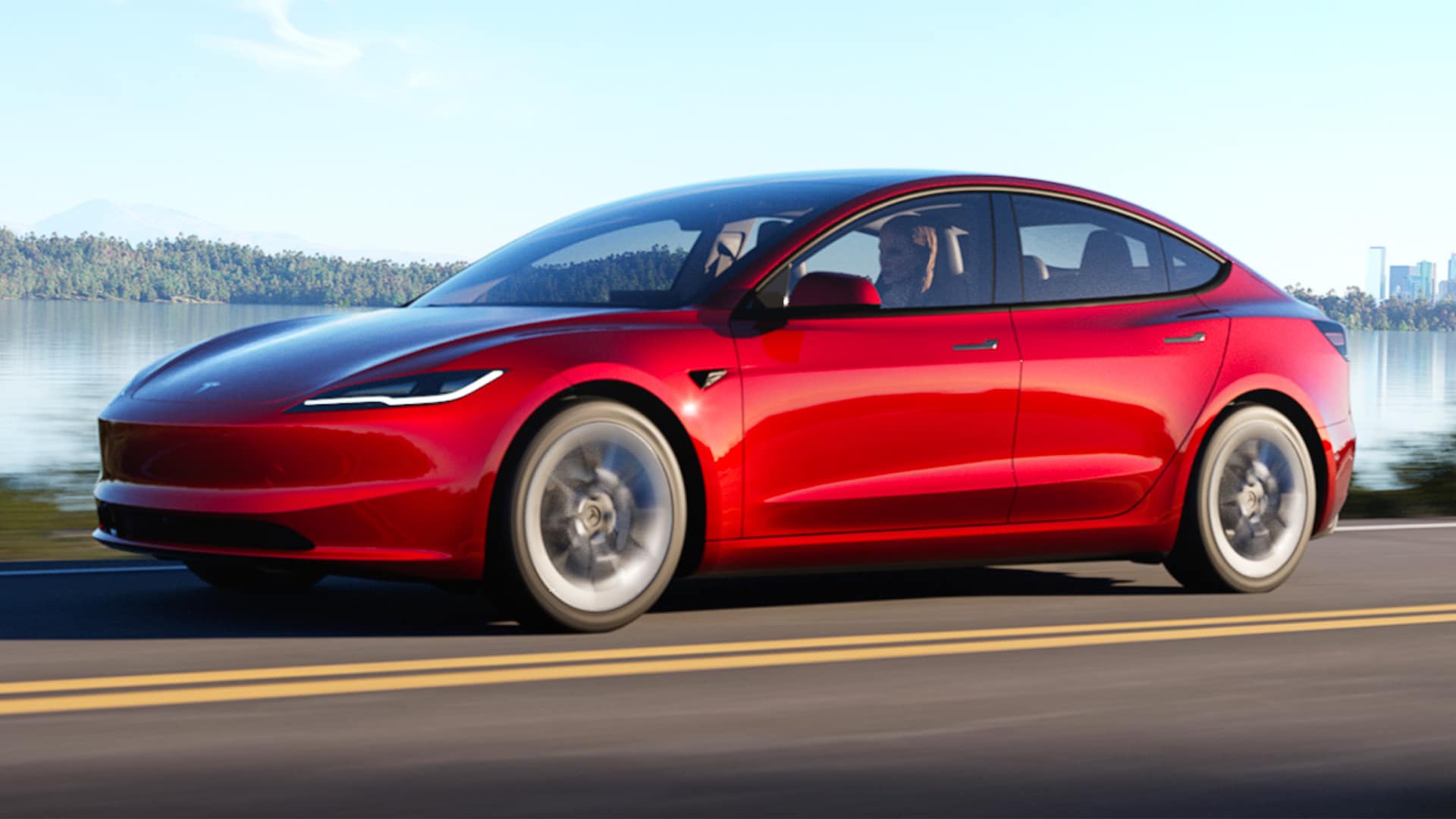Elon Musk Reveals 2.0 UNBOX Production Line Finally Built NEW Car in 30s! What’s Inside Magical: Tesla has once again shaken the automotive world with its groundbreaking innovation—the Unboxed Production Line, a revolutionary manufacturing process that cuts car production time down to just 30 seconds.
This bold new system promises to transform not only Tesla’s manufacturing capabilities but potentially the entire global auto industry. Let’s dive deep into what makes this innovation so special, and why it could signal a new era of affordable, efficient, and high-speed electric vehicle production.
The Age of Abundance: Tesla’s Vision for the Future
It will be an age of abundance, unlike anything the automotive world has envisioned before. Unlike traditional manufacturing methods, which have remained largely unchanged since Henry Ford’s Model T and the introduction of the moving assembly line, Tesla’s new system reimagines the entire production process from the ground up.
Elon Musk and the Tesla engineering team have spent years perfecting this revolutionary process. The result? The Cyber Cab, Tesla’s self-driving robo taxi, which can be built in as little as 30 seconds—a feat previously considered impossible on traditional assembly lines.

What is Tesla’s Unboxed Production Line?
Traditional vs. Unboxed Assembly Lines
For over a century, car manufacturing has relied on a linear assembly line where a vehicle moves sequentially through hundreds of stations. While robots and automation have enhanced this process, the core assembly flow remained the same.
Tesla’s Unboxed Production Line breaks this model by introducing a parallel modular approach. Instead of one continuous flow, the vehicle is built in separate modules simultaneously:
- Vehicle floor system
- Front frame
- Midbody
- Rear cabin
Each module is independently optimized for its specific task. Once finished, these parts come together at a central junction and merge into a fully assembled car in an instant.
The Impact of Modular Assembly
This modular approach slashes production times dramatically—from hours to mere seconds. It also offers unmatched flexibility. If one module encounters a problem, it can pause without stopping the entire production line. This scalability is a game changer for mass production.
Innovations Behind the Unboxed Production Line
Painting Before Assembly
One of the most surprising innovations is Tesla’s approach to painting. Instead of painting the entire car body after assembly, Tesla paints each body panel individually before joining them. This method requires absolute precision to avoid scratches during assembly.
Tesla solved this with robotic vacuum suction arms that handle panels delicately without touching the painted surfaces.
Adhesive Bonding Instead of Welding
Tesla eliminates traditional bolts, rivets, and welding, opting for high-strength industrial adhesives instead. This bonding method absorbs vibrations, reduces noise, and adjusts for temperature changes—resulting in a quieter, more durable ride.
This layer, called the engineered adhesive gap, ensures perfect alignment and flexibility.
Precision with AI and Robotics
Robots equipped with global reference data align panels with millimeter precision, solving past issues with panel gaps. Tesla’s system uses temporary locator pins and hotmelt adhesive to allow continuous production without waiting for glue to dry.

Why the Unboxed Line is a Manufacturing Revolution
Faster, Better, Cheaper
Elon Musk’s core production principles—faster, better, cheaper—are fully realized in this system. Tesla reportedly reduced mechanical fasteners by 65% and slashed costs to just $25 per vehicle for adhesives compared to hundreds of dollars for traditional methods.
Scalability and Quality
This modular network can scale infinitely by adding more parallel modules rather than building new assembly lines. Plus, the elimination of human error in alignment delivers unprecedented consistency in quality.
Elon Musk calls it a manufacturing revolution on the scale of Ford’s assembly line invention.
The First Unboxed Production Line and the Cyber Cab
The Gigafactory Texas is the site of the first unboxed production line, dedicated to producing the Cyber Cab, Tesla’s fully autonomous taxi. The production line is so fast that human workers can’t safely approach it, operating at a pace that may eventually reach a car every 5 seconds.
Initially, production will start at 25-30 seconds per vehicle but will improve rapidly.
What This Means for the Auto Industry and Tesla’s Future
Dramatic Cost Reductions and Market Expansion
Faster production means lower costs per vehicle, paving the way for more affordable electric cars. The Cyber Cab is expected to cost around $30,000—much less than previous Tesla models.
This also pressures competitors, especially Chinese automakers like BYD and Xpeng, to innovate or imitate the unboxed production method.
Tesla’s Upcoming Models Using the Unboxed Line
Tesla plans to use this system to produce:
- The upcoming Model 2 (tentatively priced at $25,000)
- New variants of the Model 3 and Model Y
- The Cyber Cab robo taxi
The Model 2, part of the NV91 and NV93 projects, is expected to debut by late 2026 with a 54 kWh battery, around 250 miles of range, and advanced AI self-driving capabilities.

Tesla Model Y Standard: A Step Towards Affordability
Tesla recently launched the Model Y Standard, priced at $39,990. Though more affordable than other variants, it still falls short of the mass-market target of under $35,000.
The Model Y Standard offers:
- Redesigned exterior features
- Fabric seats and simplified interior design
- A 69 kWh battery with up to 321 miles of range
- Adaptive cruise control with full self-driving capabilities
However, rising competition from more affordable Chinese EVs challenges Tesla to push pricing down further.
The Race to Affordable EVs and Tesla’s Market Challenge
In an increasingly competitive market, Tesla must deliver vehicles priced around $25,000 to $30,000 to retain market leadership. Consumer demand is shifting towards simple, efficient, and affordable EVs rather than luxury tech showcases.
The unboxed production line is a critical step in this direction, potentially enabling Tesla to produce millions of vehicles annually with unmatched efficiency.
Conclusion: The Dawn of a New Manufacturing Era
Tesla’s Unboxed Production Line is not just a technological upgrade—it’s a complete reinvention of how cars are built. By breaking the assembly process into modular, parallel components and utilizing cutting-edge robotics, adhesives, and AI, Tesla is poised to revolutionize vehicle manufacturing.
The speed, quality, and cost savings this innovation offers could herald a new era of electric vehicles that are faster, cheaper, and more accessible than ever before.
Elon Musk is not just building cars—he is redefining the factory of the 21st century.

Frequently Asked Questions (FAQs)
1. What is Tesla’s Unboxed Production Line?
Tesla’s Unboxed Production Line is a revolutionary car manufacturing process that assembles a vehicle in separate modules simultaneously, allowing a car to be built in as little as 30 seconds.
2. How does Tesla’s Unboxed Production Line differ from traditional assembly lines?
Unlike the traditional linear assembly process, Tesla’s line uses a parallel modular system where different car sections are built independently and then joined together instantly.
3. Why is Tesla painting car panels before assembly?
Painting individual body panels before assembly allows for higher quality finishes and speeds up the overall production by eliminating the need to paint the entire car after assembly.
4. What role do industrial adhesives play in Tesla’s new production line?
Tesla replaces traditional welding and fasteners with high-strength industrial adhesives that reduce noise, absorb vibrations, and allow for flexible assembly.
5. How fast can Tesla’s new production line build a car?
The current unboxed line can build a car in about 30 seconds, with future goals to reduce this to as fast as 5 seconds per vehicle.
6. What is the Cyber Cab, and why is it important?
The Cyber Cab is Tesla’s fully autonomous robo taxi produced on the new line, showcasing the company’s future vision of mass autonomous vehicle production.
7. Where is Tesla’s Unboxed Production Line located?
The first unboxed production line is located at Tesla’s Gigafactory Texas.
8. How does Tesla maintain panel alignment without welding?
Tesla uses robotic arms with millimeter precision and temporary locator pins combined with hotmelt adhesives to ensure perfect panel alignment.
9. What advantages does the modular assembly provide?
Modular assembly allows for faster production, easier scalability, less downtime, and improved quality control by isolating issues to specific modules.
10. How will the unboxed production line affect Tesla’s vehicle prices?
Faster, more efficient production is expected to reduce costs significantly, potentially enabling Tesla to offer vehicles at prices as low as $25,000.
11. What upcoming Tesla models will use the unboxed production line?
The upcoming Model 2, Cyber Cab robo taxi, and potentially new versions of the Model 3 and Model Y will use this manufacturing method.
12. What is Tesla’s Model 2, and when will it be available?
The Model 2 is Tesla’s planned affordable electric car expected to debut by late 2026, featuring a smaller battery pack and advanced self-driving hardware.
13. How does Tesla’s adhesive bonding improve vehicle durability?
The adhesives create a flexible yet strong bond that absorbs shocks and reduces noise, leading to a quieter and more comfortable ride.
14. Will Tesla’s unboxed production line require fewer workers?
The high degree of automation means fewer human workers will be needed on the line, reducing labor costs and increasing consistency.
15. How does Tesla’s new line challenge competitors?
Tesla’s ability to produce cars faster and cheaper puts pressure on competitors, especially Chinese EV makers, to innovate or risk losing market share.
16. What is the significance of Tesla’s “engineered adhesive gap”?
This special gap created by adhesive bonding allows for perfect panel alignment and thermal expansion flexibility, improving overall build quality.
Read More:
- Tesla shares rare glimpse of Giga Shanghai, posts bullish teaser for Model Y L deliveries
- Tesla Sweden faced with fresh strike from elevator company
- Tesla makes crazy move to spur short-term demand in the U.S.
- Tesla Full Self-Driving’s new version officially gets a wider rollout
- Tesla rolled out a new feature with FSD v14 to fix a major complaint


1 thought on “Elon Musk Reveals 2.0 UNBOX Production Line Finally Built NEW Car in 30s! What’s Inside Magical”